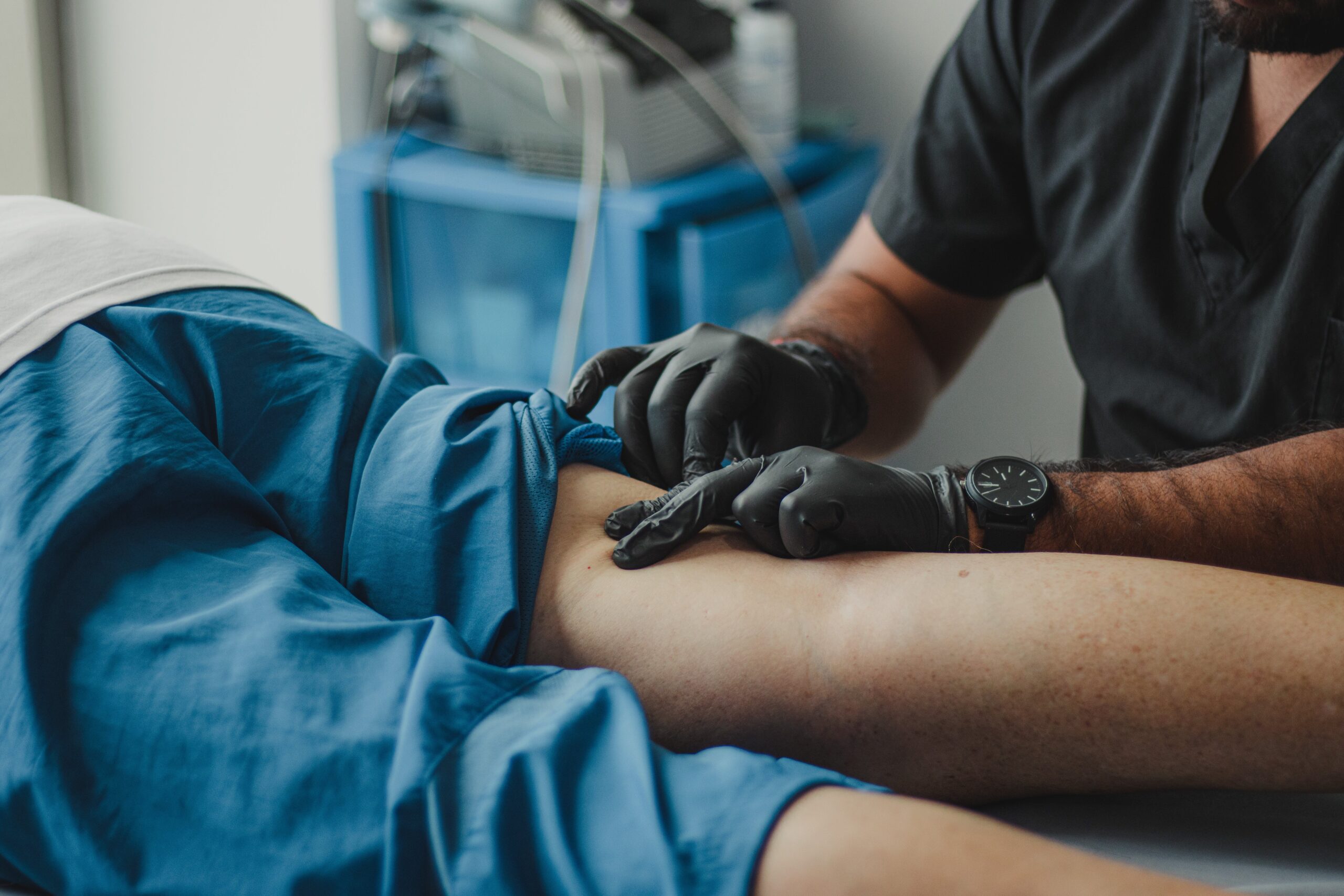Total knee replacement (TKR) surgery has revolutionized the management of debilitating knee conditions, offering hope and restored mobility to millions worldwide. As advancements in surgical techniques and implant technologies continue to evolve, understanding the outcomes of TKR becomes paramount for both patients and healthcare providers. In this article, we delve into the multifaceted outcomes of total knee replacements, shedding light on the benefits, challenges, and emerging trends in this field.
Improved Quality of Life: One of the primary goals of TKR surgery is to enhance patients’ quality of life by alleviating pain, improving function, and restoring mobility. Research consistently demonstrates significant improvements in pain relief and functional outcomes following TKR, leading to enhanced overall well-being and patient satisfaction [1]. Many individuals who undergo TKR report a substantial reduction in pain, increased joint stability, and the ability to engage in activities they were previously unable to enjoy.
Long-Term Success: Long-term studies on TKR outcomes underscore the durability and efficacy of this surgical intervention. A comprehensive meta-analysis by Kurtz et al. revealed that TKR implants exhibit excellent survivorship rates, with over 90% of implants lasting 15 years or more [2]. Moreover, advancements in implant materials and design have contributed to enhanced longevity and reduced rates of implant failure, ensuring sustained benefits for patients over extended periods.
Challenges and Complications: While TKR surgery offers significant benefits, it is not without risks and challenges. Complications such as infection, implant loosening, and peri-prosthetic fractures can occur, necessitating careful preoperative assessment, meticulous surgical technique, and vigilant postoperative monitoring [3]. Additionally, some patients may experience persistent pain, stiffness, or dissatisfaction with their outcomes, highlighting the importance of patient selection, realistic expectations, and comprehensive rehabilitation strategies.
Emerging Trends and Innovations: The field of TKR continues to evolve, with ongoing efforts focused on improving surgical techniques, implant designs, and patient outcomes. Minimally invasive approaches, computer-assisted navigation, and patient-specific implants are among the innovative strategies aimed at optimizing surgical precision and enhancing postoperative recovery [4]. Furthermore, research into biological interventions, such as tissue engineering and regenerative medicine, holds promise for future advancements in joint preservation and regeneration.
Total knee replacement surgery remains a cornerstone in the management of advanced knee osteoarthritis and other degenerative conditions, offering patients a chance to regain mobility, alleviate pain, and improve their quality of life. While challenges and complications exist, the overwhelmingly positive outcomes and long-term success rates underscore the transformative impact of TKR on patients’ lives. With continued research and innovation, the future holds exciting prospects for further enhancing the efficacy and accessibility of total knee replacements, ensuring that individuals facing debilitating knee conditions can embrace a more active and fulfilling lifestyle.
References:
- Bourne, R. B., Chesworth, B. M., Davis, A. M., Mahomed, N. N., & Charron, K. D. (2010). Patient satisfaction after total knee arthroplasty: who is satisfied and who is not? Clinical Orthopaedics and Related Research®, 468(1), 57-63.
- Kurtz, S., Ong, K., Lau, E., Mowat, F., & Halpern, M. (2007). Projections of primary and revision hip and knee arthroplasty in the United States from 2005 to 2030. Journal of Bone and Joint Surgery-American Volume, 89(4), 780-785.
- Bozic, K. J., Kurtz, S. M., Lau, E., Ong, K., Vail, T. P., Berry, D. J., & Rubash, H. E. (2010). The epidemiology of revision total knee arthroplasty in the United States. Clinical Orthopaedics and Related Research®, 468(1), 45-51.
- Liow, M. H. L., Xia, Z., Wong, M. K., Tay, K. J. D., Yeo, S. J., & Chin, P. L. (2017). Robot-assisted total knee arthroplasty accurately restores the joint line and mechanical axis: A prospective randomised study. Journal of Arthroplasty, 32(1), 145-150.



Comments are closed